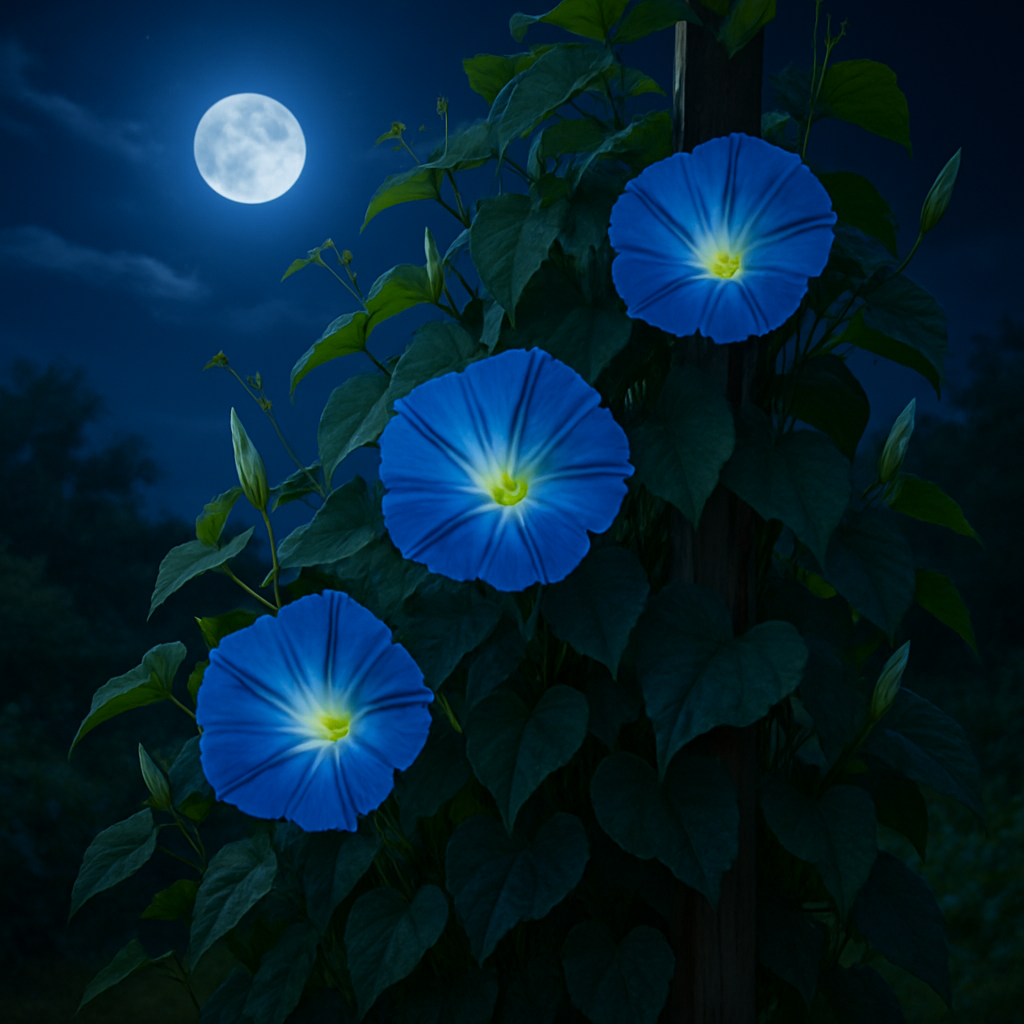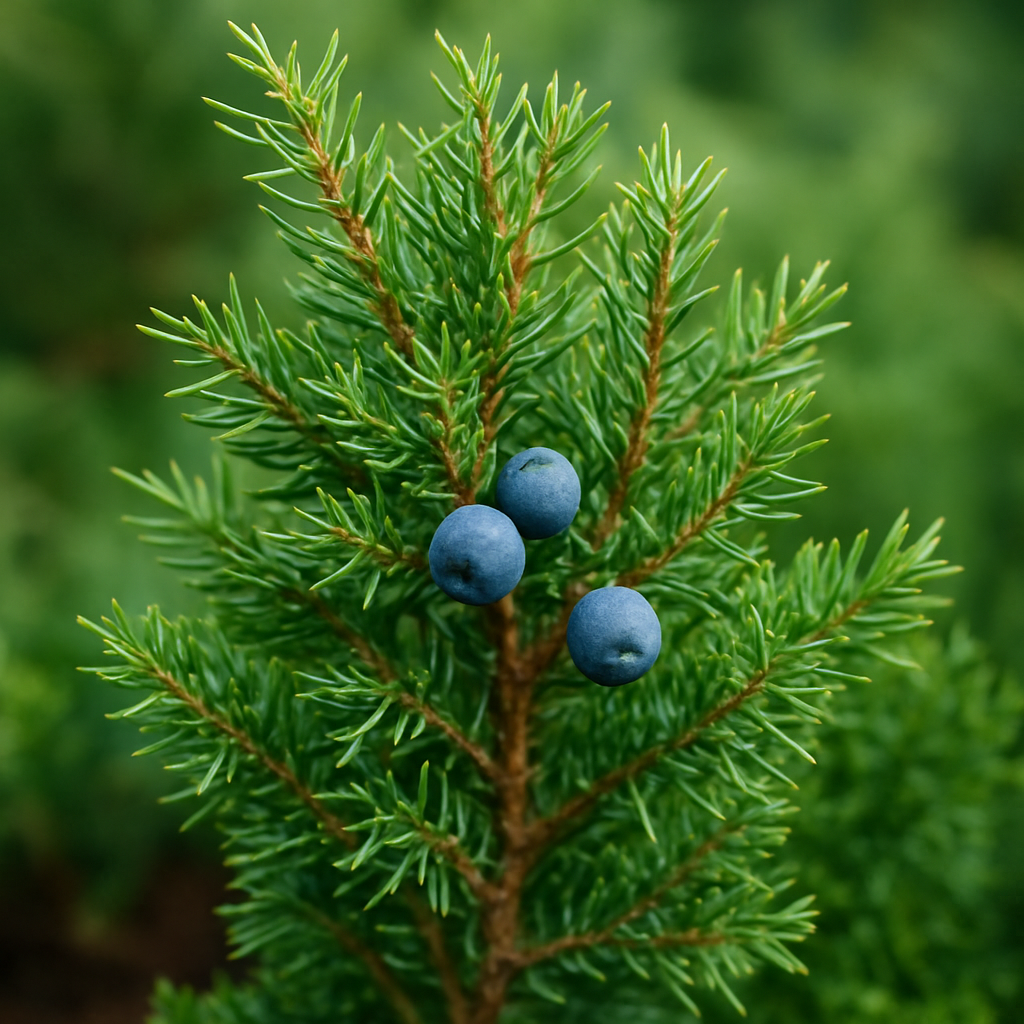Simmondsia Chinensis (Jojoba): A Natural Wonder for Your Garden and Skin
About Simmonds Chinese's (Jojoba)
Simmondsia Chinensis, or Jojoba, is a hardy, drought-resistant shrub native to the southwestern United States and northern Mexico. Known for its nutrient-rich seeds, Jojoba produces an oil that has been prized for centuries for its moisturizing and healing properties. This evergreen shrub can reach a height of 3-4 feet, making it suitable for small gardens, desert landscapes, or even container growing. The Jojoba oil extracted from its seeds is used in cosmetics, skincare products, and even in natural remedies.

Why Grow Simmondsia Chinensis (Jojoba)?
There are numerous benefits to growing Simmondsia Chinensis in your garden or landscape:
-
Drought Tolerant: Jojoba is highly drought-resistant, making it perfect for regions with little rainfall.
-
Versatile Uses: The seeds of Jojoba produce high-quality oil used in various industries, from skincare to haircare and even as a lubricant.
-
Low Maintenance: Once established, Jojoba requires minimal care, making it ideal for low-maintenance gardening.
-
Attractive Shrub: It’s an attractive shrub with shiny green leaves and yellow flowers that bloom in the spring.
When to Plant Simmondsia Chinensis (Jojoba) Seeds
The best time to plant Jojoba seeds is in spring, after the last frost has passed. Planting early in the season allows the plant to establish its roots before the summer heat sets in. If you are growing Jojoba in containers, you can start the seeds indoors 6-8 weeks before your last frost date. Jojoba requires warm conditions to germinate and thrive, so it is best to wait until the soil has warmed up.
Where to Grow Simmondsia Chinensis (Jojoba)
Simmondsia Chinensis thrives in well-drained soil and requires plenty of sunlight to grow. Choose a location that receives full sun for most of the day (at least 6-8 hours). Jojoba is particularly well-suited for arid regions and areas with low rainfall, but it can be grown in most regions as long as it’s provided with sufficient warmth and sun. The plant can be grown in the ground or in containers, but ensure the container has adequate drainage.
How to Grow Simmondsia Chinensis (Jojoba)
Here’s how to successfully grow Simmondsia Chinensis (Jojoba) from seeds:

-
Seed Preparation: Soak the Jojoba seeds in warm water for 24 hours before planting to help with germination. This step increases the chances of successful seed sprouting.
-
Planting the Seeds: Plant the soaked seeds about 1 inch deep into a well-drained, sandy soil mix. If you are planting multiple seeds, space them at least 12 inches apart.
-
Germination: Keep the soil moist but not soggy. Jojoba seeds generally take 2-4 weeks to germinate, so be patient. Provide a warm environment (75°F-85°F or 24°C-29°C) for optimal growth.
-
Transplanting: Once the seedlings have established themselves and have grown strong, they can be transplanted outdoors into their permanent location.
How to Care for Simmondsia Chinensis (Jojoba)
Caring for Simmondsia Chinensis (Jojoba) is relatively simple:
-
Watering: Jojoba is very drought-tolerant once established, but young plants need regular watering until their roots are well-developed. Water deeply and infrequently.
-
Pruning: Minimal pruning is needed. However, trimming dead or damaged branches can help keep the plant tidy.
-
Fertilizing: Jojoba doesn't require much fertilizer. Use a balanced, slow-release organic fertilizer once or twice a year to encourage healthy growth.
-
Mulching: Apply a light layer of mulch around the base of the plant to retain moisture and keep the roots cool.
Companion Plants for Simmondsia Chinensis (Jojoba)
When planting Jojoba, it pairs well with other drought-tolerant, low-maintenance plants. Consider planting it alongside:
-
Cacti: The stark, sculptural beauty of cacti pairs well with the lush, green foliage of Jojoba.
-
Lavender: Lavender not only attracts pollinators but also complements Jojoba’s earthy look.
-
Agave: These succulents share the same water-wise growing conditions as Jojoba.
-
Succulent varieties: Any other succulent plants that prefer dry, arid conditions are excellent companions for Jojoba.
Harvesting Simmondsia Chinensis (Jojoba) Seeds
Once the Jojoba shrub matures, the seeds will begin to form inside hard, woody pods. Harvest the seeds when they are fully mature, typically in late fall. You can collect the seeds by hand, or use a light touch to remove them from the pods. Be sure to handle them gently to avoid crushing. Store the harvested seeds in a cool, dry place until you are ready to plant them again or use them for oil extraction.

Final Thoughts on Simmondsia Chinensis (Jojoba)
Simmondsia Chinensis (Jojoba) is an excellent addition to any garden, offering a mix of aesthetic appeal and practical uses. Whether you’re looking to add a drought-resistant shrub to your landscape or want to grow your own Jojoba oil, this hardy plant is an excellent choice. Its low maintenance needs and natural beauty make it a perfect fit for gardeners of all levels. For organic, high-quality Jojoba seeds, visit Organicindiaseeds to start growing your very own Simmondsia Chinensis today.



Leave a comment
This site is protected by hCaptcha and the hCaptcha Privacy Policy and Terms of Service apply.